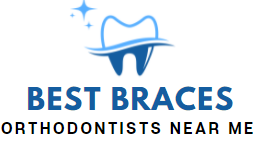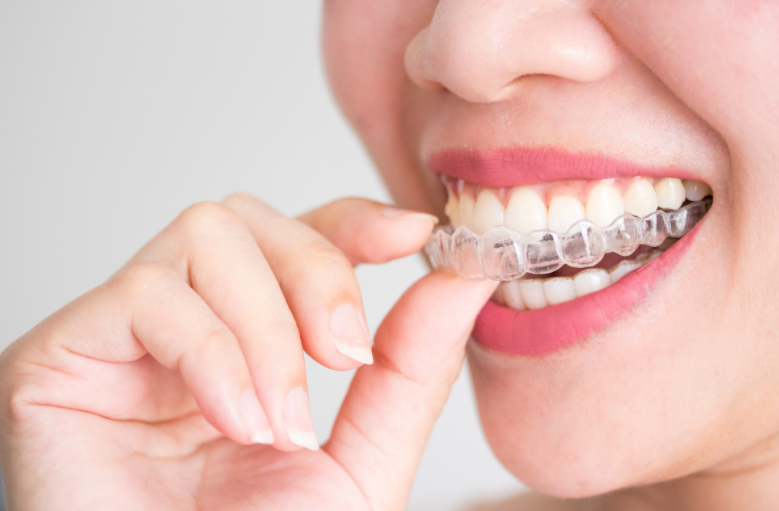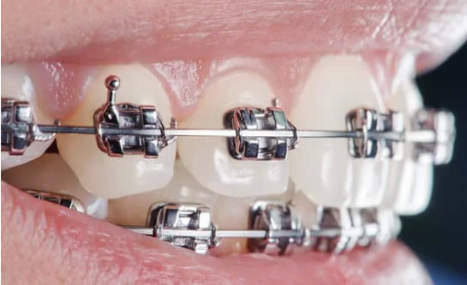Invisalign has gained immense popularity among individuals seeking an alternative to traditional braces for straightening their teeth. This orthodontic treatment utilizes clear, removable aligners that are tailored specifically to fit your mouth perfectly. If you’re contemplating using Invisalign as a means of enhancing your smile there are several advantages worth considering:

The Science Behind Invisalign
Invisalign is a popular orthodontic treatment that uses clear plastic trays to gradually shift your teeth into alignment. Each tray moves the position of each tooth slightly and patients switch out every two weeks until they reach their desired outcome – typically taking around one year or so depending on how much movement needs adjusting. The process has become increasingly popular due its discreet nature compared with traditional metal braces which can be noticeable at first glance. With Invisalign you’ll have more confidence in social situations knowing that no one will even know you are undergoing any form of dental work!
Invisalign – The Advantages of Orthodontic Treatment
One of the most significant advantages offered by Invisalign is its near-invisibility. Unlike traditional metal braces which are noticeable when you talk or eat, these aligners remain virtually unnoticeable to others around you unless explicitly mentioned otherwise. The absence of wires and brackets ensures less irritation on your gums and cheeks while wearing them as well. Additionally, since they can be removed during meals without any hassle caused due to food getting stuck in between brackets unlike with conventional braces – makes it a more comfortable experience overall! Lastly but not least importantly; switching out each set every two weeks allows for faster results compared to other orthodontic treatments available today.
Invisalign FAQs – Common Questions Answered
Invisalign has become a popular alternative to traditional braces for many patients seeking orthodontic treatment. However some may question whether it truly delivers the same results as conventional methods of teeth alignment correction. The answer is yes! Studies have shown that Invisalign can effectively correct mild to moderate cases with similar success rates compared to other treatments available in this field today. While more complex situations might require additional measures such as surgery or appliances, most individuals who choose Invisalign will experience significant improvements without needing any further intervention beyond whats already offered by this innovative technology.
Invisalign Patient Stories – Before and After
We interviewed several individuals who had undergone Invisalign treatment to correct their teeth alignment. Their experiences were insightful and here’s what they shared:
Invisalign proved to be an excellent choice for Jane, a 35 year old marketing executive. She found it effortless to adapt to wearing the aligners and soon forgot they were even there after just a few days. Additionally she could continue enjoying all her favorite foods without any limitations whatsoever thanks to Invisalins flexibility. Overall Jane expressed immense satisfaction with this decision that transformed her smile into something truly remarkable.
For years Michael, a 28 year old software engineer struggled with self consciousness due to his crooked teeth. However after undergoing Invisalign treatment he now feels confident in showing off his newly aligned pearly whites without hesitation! “Its such an incredible feeling” said Michael happily. With this newfound confidence comes greater happiness and satisfaction for him – something that was previously unattainable before the procedure.
Summary
If you’re considering enhancing your smile through orthodontic treatment then Invisalign could be the perfect choice for you. With its virtually invisible design, comfort and quick results it is an exceptional option that many patients can benefit from. Speak with either your dentist or orthodontist today to determine whether this innovative technology aligns with your needs.



